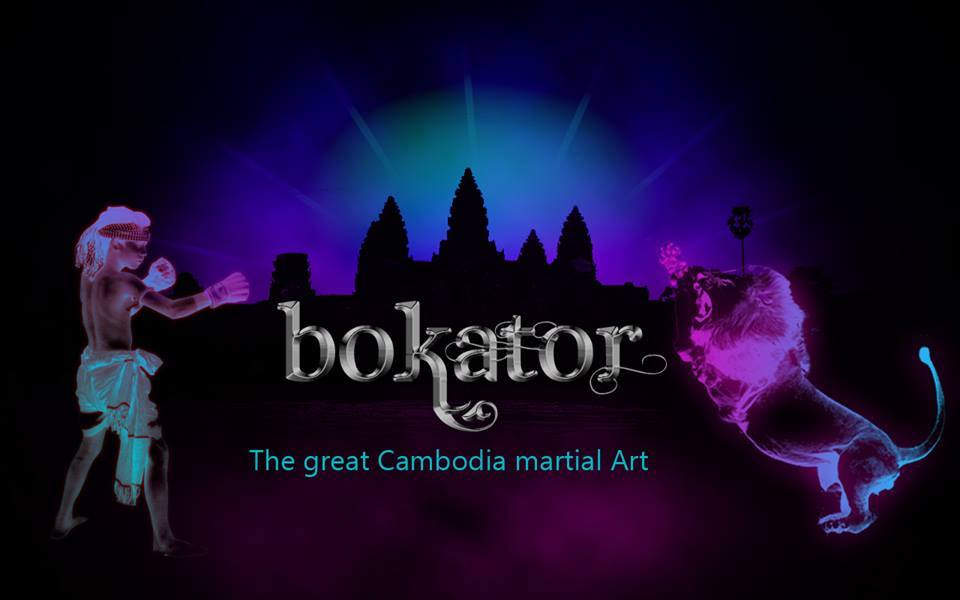The Latchford Collection #15:Another bronze from Douglas Latchford’s glossy catalogue, Khmer Bronzes: New Interpretations of the Past, published in 2011 and authored by Latchford and Emma Bunker, is this Krishna Kaliya bronze finial from the twelfth century and assigned to the Skanda Trust. No less than 80 bronzes in the book were accredited to the Skanda Trust collection. The ultra-secretive Trust in fact turned out to be Latchford’s own offshore trust in Jersey, and was subsequently exposed by the Pandora Papers, which were obtained by the International Consortium of Investigative Journalists and shared with The Washington Post and other media outlets around the globe in late 2021, a year after Latchford’s death. His daughter, Julia Copleston, has promised to return his private collection of stone, bronze and jewelry artifacts to Cambodia, some of which have already been sent back. The evocation of the Krishna subduing Kaliya myth is popular in Khmer reliefs on lintels at a number of the larger temples such as Preah Vihear, Angkor Wat, Baphuon, Banteay Samre and many more. Krishna is an avatar of Vishnu and is best known for lifting Mount Govardhana, but as a young hero, he saved the locals from the multi-headed serpent Kaliya, dancing and splitting the heads of the snake, who he banished from the kingdom, courtesy of his compassionate nature. This is exactly the scene we see on our bronze finial, with our bejeweled hero holding onto the eight-headed snake in dominant pose, though with only one leg on view at the front, he must be astride his foe. This finial was intended to fit on the end of a pole, either on a chariot shaft or decorating the carrying pole of a palanquin. Produced by the lost-wax process, finials were also affixed to the top of a battle standard carried during a procession, ceremony or into battle. Small bronzes of Garuda, Hanuman (the monkey god), lions and such like, representing important deities or figures from the epic poems like the Reamker, were made in large quantities for use at temples and domestic shrines, as well as for military purposes.Our photograph of the figure was taken at Latchford’s London apartment in 2014. Its current whereabouts is unknown. Also known by his Thai name Pakpong Kriangsak, he began his fascination for Khmer art in 1955 with his first purchase, he told Apollo magazine in an interview. That set him on a path over the next six decades as the Bangkok-based mastermind behind the pillage of Cambodia’s sacred temples and subsequent trafficking of thousands of Khmer artworks in stone or bronze, around the world to private collectors, museums and auction houses.
About Me
I have graduate from BUILD BRIGHT UNIVERSITY(BBU) AND PREAH SIHANOUK RAJA (SBU) I work at Khmer Plus Computer Address: #156BE, St.63 (Trasak Phaem), Sang kat Chaktomok, Khan Daun Penh, Phnom Penh And Much More... Hey..My name is Thol Un Welcome To my site! Hope it will help you! Nice to know you! Indroduce My Self -My name is Thol un.I come from Kompong cham Province -Now I am staying at Langka pagoda .I have graduated from Build Bright University -My Major is Information and Network Technology -I am Working at Khmer Plus Computer -I want to get experience From your Company and develop your Company to be More Successful forever
Thanks for Support
Copyright©️:2021 All Rights Reserved. @Mr. Thol Un Hi every body, In this video I want show about the people success with Website, All This The Result From Website Partnership. Make money online speak Khmer: Please Followers My Website to Get More Videos!! Giving Dharma Is Better Than Giving Things!! Thanks for Support My Website !! This Website is created for the purpose of spreading the Entertainment Cambodia and other History Khmer, Dharma Khmer, Cooking Khmer by posting videos in Website Blogger or Blogspot YouTube and Facebook Page. Thanks and thanks for the support for this Website ..! Thanks For watch all this Website !❤ Like ✅Share ☑️ Comment❤ Kindly donate to the ABA Bank : ❤Thol Un❤ ❤001885833❤














